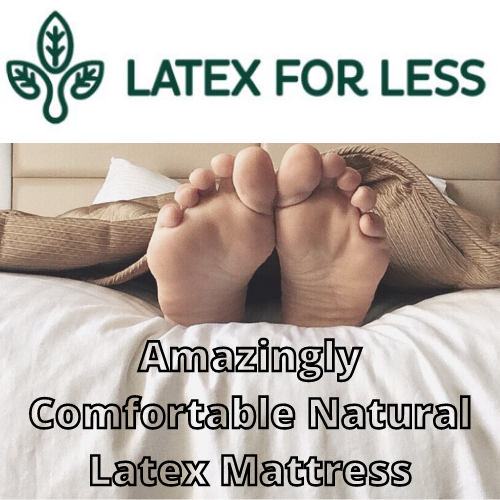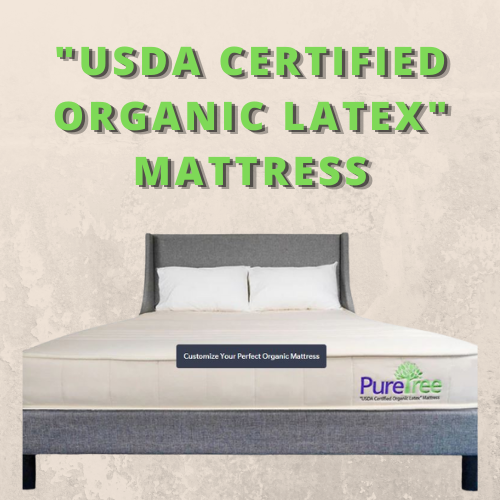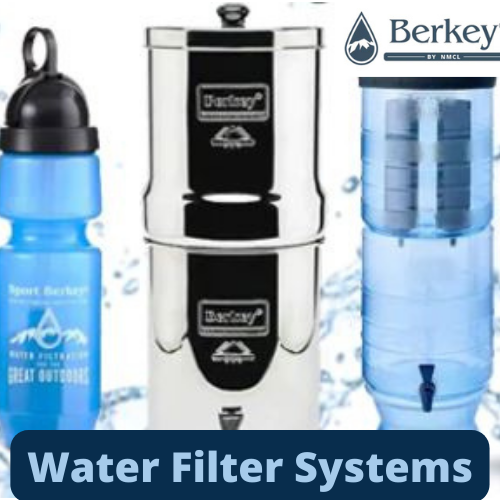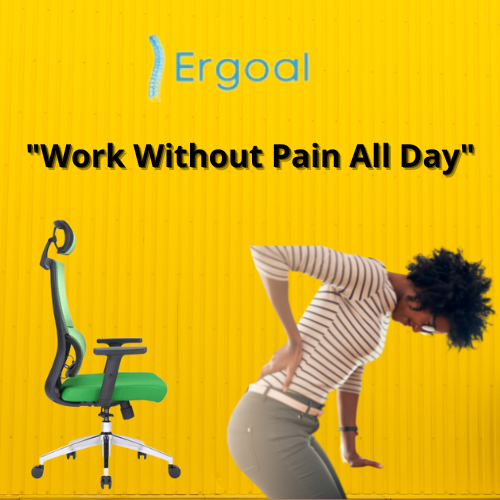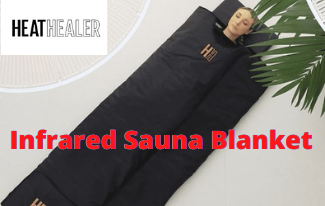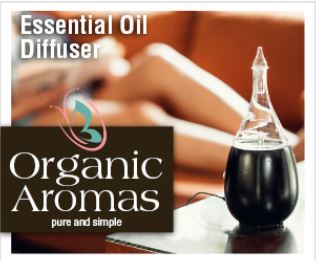In this blog, I am going to discuss options for replacing a missing tooth. Modern dentistry has come a long way in providing patients with more and more dental choices for replacing a missing tooth. Unfortunately, many people are still confused as to what they should do. In this blog, I will try to lessen that confusion by helping you understand the pros and cons of 4 different options you may have to replace that missing tooth. Let’s get started…

Overview
There are quite a few factors that may play into your decision to replace a missing tooth. There’s:
- Cost
- Time needed to “get back to normal”
- Convenience
- Invasiveness
- The look
- And more
All 4 options I will talk about are viable, trustworthy options, but they all have their different benefits or downsides. What’s most important is understanding how you feel about them so you can and making make an educated decision.

The first decision you need to make is whether you want to have a replacement that is removable or not removable. Do you want to be burdened with taking it out every night or do you want something more permanent? Another thing to consider is whether you want any metals in your mouth. This is especially important if you have any metal allergies or sensitivities.to metal. Also, the current use of ceramic materials used in dental restorations appear to look more natural and ”tooth-like”: So, let’s discuss some choices.
Partial Dentures
Partial dentures are removable appliances. This appliance has a substructure or framework made of either metal or resin. The appliance is held in position by clamping or clasping onto adjacent teeth.
Some of the advantages include:
- Ability to replace both single and multiple missing teeth with one appliance
- Can be constructed with both metallic and non-metallic components
- Resin frameworks are lighter and feel more natural
- Minimal tooth preparation (not much drilling or reshaping of teeth)
- Can be used as a temporary measure until you can get a non-removable appliance
- Low cost

Some of the disadvantages include:
- You have to take it out every night
- Decay may occur around the clasped teeth
- The clasps may produce forces on those teeth causing them to loosen over time
- Food may get under the appliances, so you have to clean them after every meal
- You may have a metallic taste
- May see unsightly clasps when you smile
- Upper partials may go across your palate which may be uncomfortable for some
- Lower partials have bar that is positioned behind your lower front teeth which may cause irritation
- May take time getting used to
Maryland Bridge, or Resin Bonded Retainer
This option is considered to be a fixed or non-removable appliance. Here a single replacement tooth is suspended between the 2 surrounding teeth by flat “wings” that conform to the shape of the tongue side of those adjacent teeth. These wings are then either bonded or cemented in place.
Some of the advantages of this appliance are:
- Do not have to take it out every night
- There is minimal tooth reduction on the surrounding teeth
- Can be constructed with either metallic or non-metallic components
- Lowest cost of the fixed or non-removable appliances
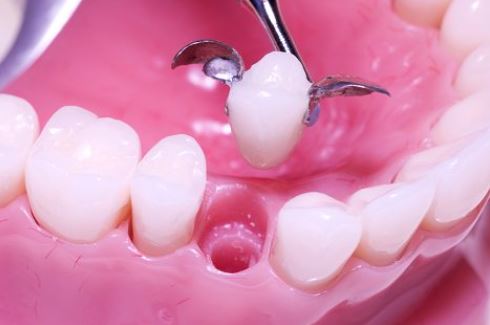
Some of the disadvantages include:
- Special flossing technique is needed because the replacement tooth and the surrounding teeth are connected.
- The bonded resins and cements may not be strong enough to withstand the biting pressure and therefore loosen, especially if you are a grinder of clencher
- May not be able to be re-bonded or recemented if appliance comes loose
Three Unit Bridge
In this scenario the teeth surrounding the missing teeth are reshaped into smaller versions of themselves, as you would for a crown or cap. An appliance is constructed whereby both caps or crowns on the surrounding teeth are connected by a fake or “Dummy” replacement tooth.
Some advantages include:
- Do not have to take it out every night
- Very stable way to replace a missing tooth
- Bridges are usually very long lasting if proper hygiene is practiced
- Can be made from both metal and ceramic materials.
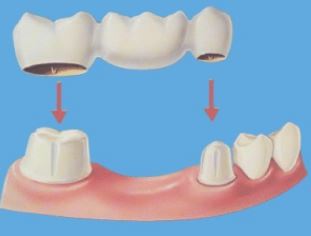
Some disadvantages include:
- Very invasive procedure. Need to reshape (drill down) surrounding teeth, possibly causing sensitivity or even needing root canal treatment
- You might be reshaping perfectly healthy teeth
- Special flossing technique, which is the same as Maryland Bridge
- May get decay underneath the bridge, requiring replacement
- Can be costly, depending on the types of materials used
Dental Implant
Implants involve a surgical procedure whereby a root shaped fixture is placed under the gum and a single replacement tooth is later connected into that fixture.
Some benefits include:
- Do not touch surrounding teeth, so you avoid possible sensitivity or root canal
- Implant is closest to having your natural tooth
- Implants can be both metallic and ceramic for those not wanting metals in their mouths
- Ability to floss as you would your natural tooth
- Very high success rate and long lasting
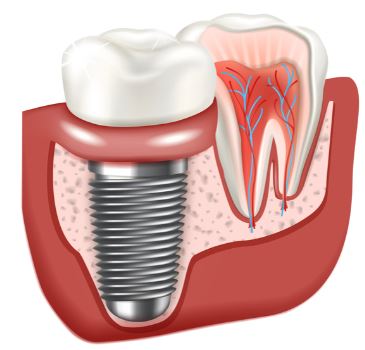
Some disadvantages include:
- Requires a two-step process. One, surgical, then followed by constructing the tooth itself
- Involves a lengthy process which could be 6 months or longer
- Requires a highly skilled dental professional
- Not everyone is a candidate for implant
- Highest cost of tooth replacement
So, there you have it, 4 options to replace a missing tooth, all of which would work – it just depends on what you feel would work best for you. I hope this shed some light on the advantages and disadvantages of the available options you have when considering how to replace that missing tooth. Check out the video below to learn more about your tooth replacement options!

About Us
As holistic dentists, we've recommended products and services that supported our patients’ health for decades. In experiencing our own health challenges from mercury toxicity, we worked closely with many natural, alternative, and integrative health practitioners who aided our recovery as well as our patients’. We built this site to provide you with a simple-to-use, comprehensive, informational, and functional resource for your physical, emotional, and spiritual health & well-being.









